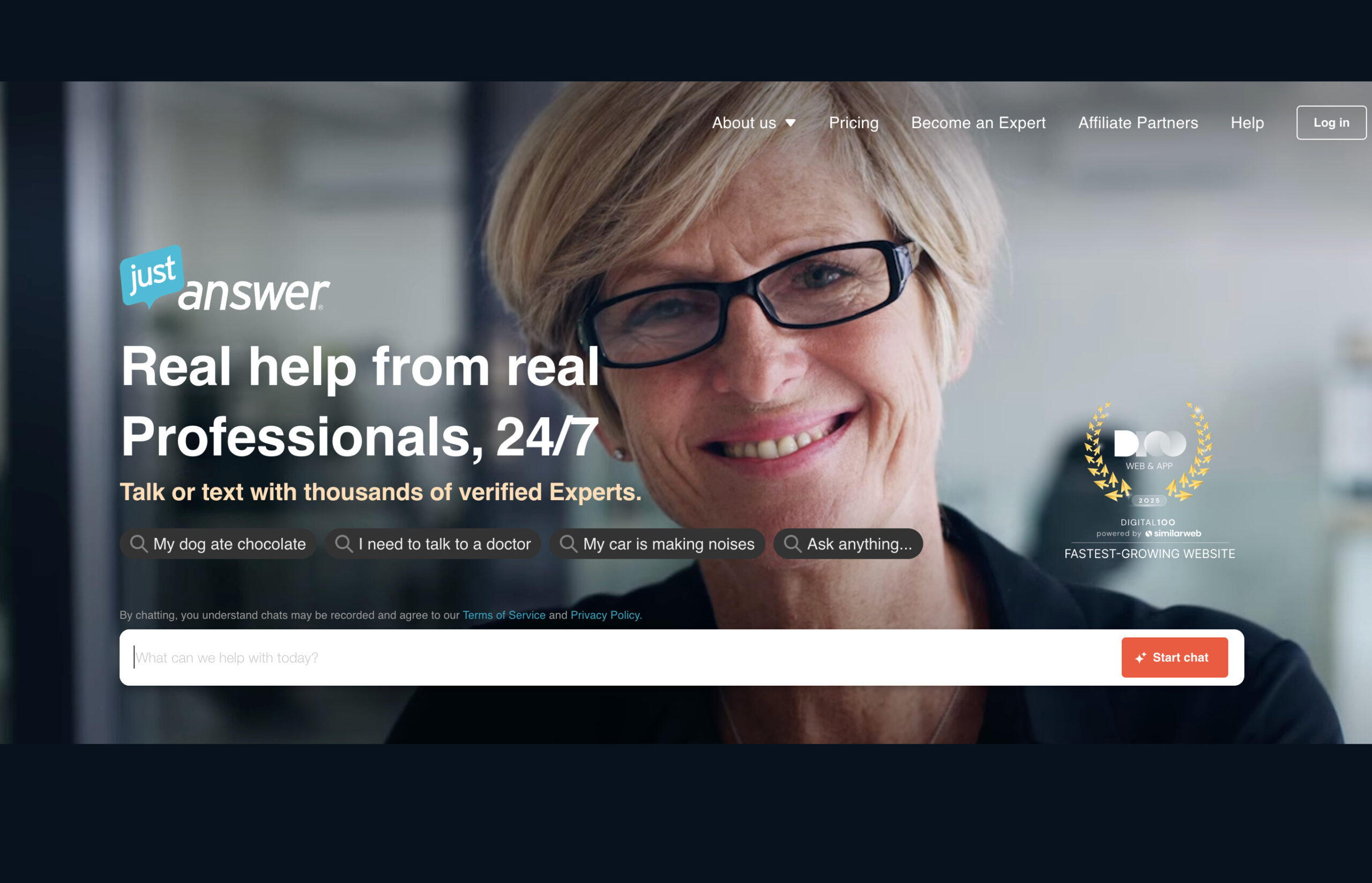
Mobile Publisher Uses Browser-Based Tech, Not Apps, to Create Premium Magazines for Any Device
Lorem ipsum dolor sit amet, consectetur adipiscing elit. Ut elit tellus, luctus nec ullamcorper mattis, pulvinar dapibus leo.
Quick Overview Media veteran Mark Edmiston, former CEO of Newsweek and founder of the M&A firm The Jordan, Edmiston Group, recently launched a new publishing company that creates weekly magazines for mobile devices. Insider asked Edmiston to explain key elements of the new business model, including how they're using browser-based, mobile-optimized websites instead of apps to deliver content. He also describes why they share 35% of subscription revenues with content creators. Plus, you'll see how...
HELLO!
This premium article is exclusively reserved for Subscription Insider PRO members.
Want access to premium member-only content like this article? Plus, conference discounts and other benefits? We deliver the information you need, for improved decision-making, skills, and subscription business profitability. Check out these membership options!
Learn more about Subscription Insider PRO memberships!
Already a Subscription Insider PRO Member?
Please Log-In Here!
- Filed in Case Studies, Subscriber Only, Technology








